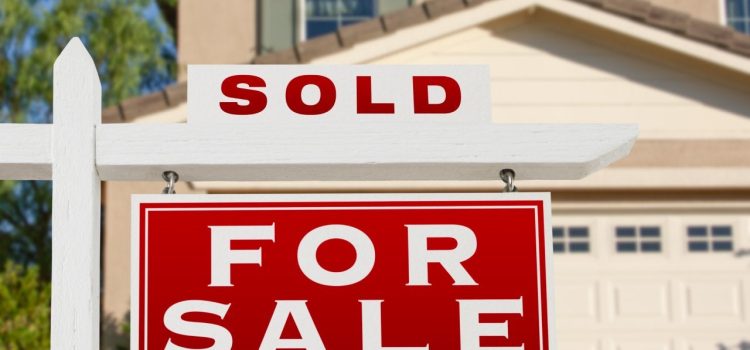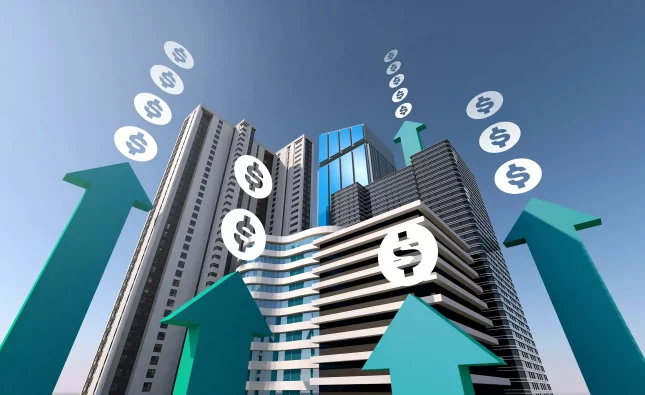
Introduction
In the ever-evolving landscape of the U.S. real estate market, there’s a notable surge in momentum. The most recent data shows a 1% increase in pending home sales for September, signaling a positive trend in the industry. In this article, we will examine the factors fueling this momentum and discuss the implications for both prospective homebuyers and sellers.
Factors Behind the Uptick in Pending Home Sales
1. Low Mortgage Rates
A significant driver behind the increase in pending home sales is the continuation of historically low mortgage rates. These favorable interest rates have created an enticing environment for potential homebuyers, making homeownership more accessible. This affordability factor has led to heightened demand, resulting in more pending sales.
2. Strong Demand
The evolving dynamics of the workplace, accelerated by the pandemic, have contributed to a surge in housing demand. Remote work and flexible work arrangements have prompted individuals and families to reevaluate their living situations. The desire for more space, improved amenities, or a change in location has fueled this robust demand for housing, contributing to the rise in pending sales.
3. Limited Inventory
While demand has surged, the supply of available homes has struggled to keep pace. The limited inventory of homes for sale has created a competitive market. Prospective buyers, eager to secure properties, have led to a higher number of pending home sales as offers are made and accepted more swiftly.
4. Economic Stability
Overall economic stability in the U.S. has played a significant role in the upsurge of pending home sales. As the economy continues to recover from the challenges posed by the pandemic, improved job security and consumer confidence have driven individuals’ willingness to make significant financial commitments, such as purchasing a home.
5. Changing Lifestyle Preferences
The pandemic has triggered changes in lifestyle and shifting priorities among many individuals. This has prompted a reconsideration of living spaces, with a growing preference for larger homes, outdoor spaces, or properties in less densely populated areas. These evolving lifestyle preferences have generated a heightened interest in the housing market and, in turn, have led to more pending home sales.

Implications for Homebuyers and Sellers
The 1% increase in U.S. pending home sales signifies a competitive market, emphasizing the importance of swift action for buyers. Bidding wars and multiple offers on properties have become common in such an environment. Buyers should be well-prepared, ensure their financing is in order, and collaborate with experienced real estate agents to navigate this dynamic market successfully.
For sellers, the upsurge in pending home sales is a positive sign, indicating a favorable market for those looking to sell their homes. However, it’s essential for sellers to be realistic with pricing and ensure their properties are presented in the best possible condition to stand out in a competitive market.
Conclusion
The 1% increase in U.S. pending home sales for September reflects several key factors shaping the current real estate landscape. Low mortgage rates, strong demand, limited inventory, economic stability, and changing lifestyle preferences are all contributing to this positive trend. For both homebuyers and sellers, being well-prepared and proactive in this competitive environment is essential. The real estate market’s adaptability and ability to thrive in changing circumstances bode well for the future, providing a positive outlook for the industry.










